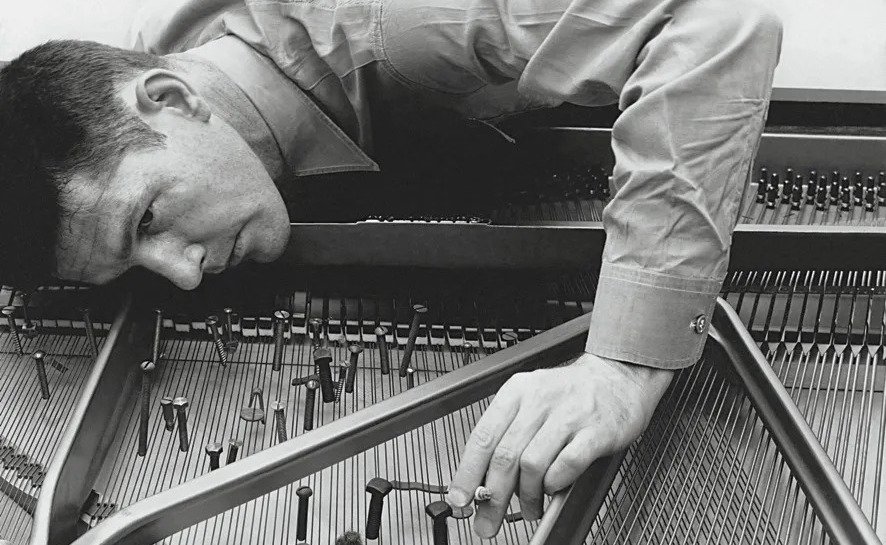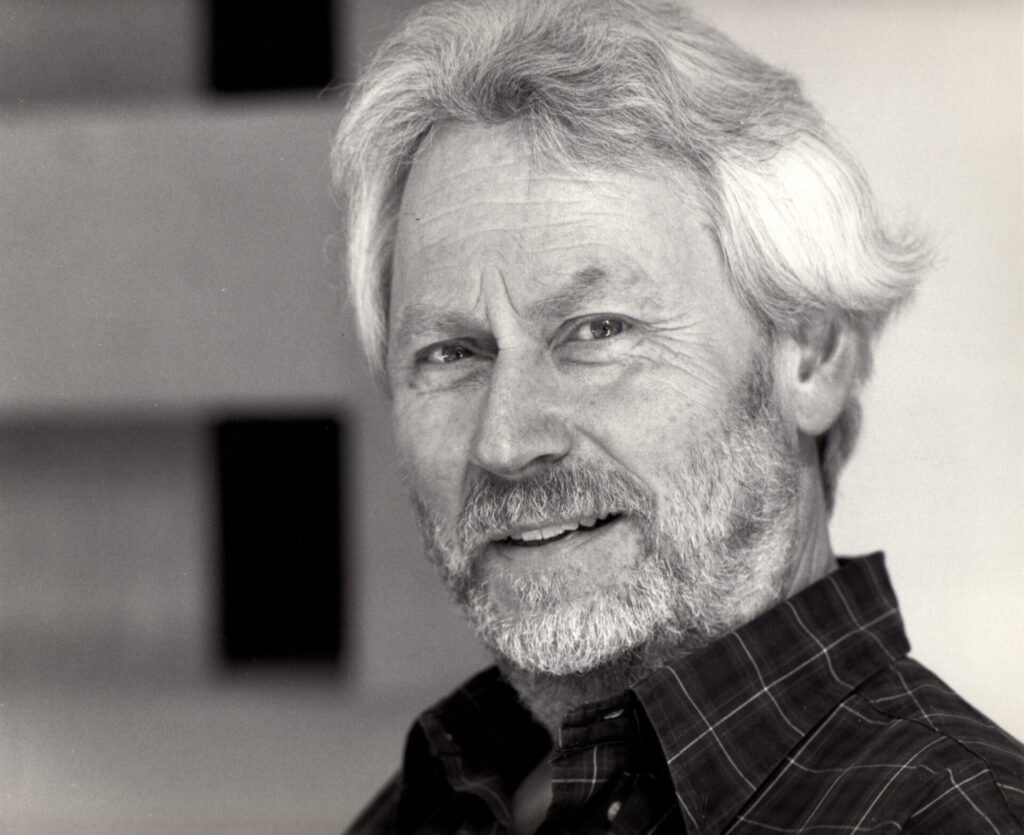John Cage was one of the artists who most radically reshaped the idea of what can be called music. Composer, sound philosopher, and provocateur, he sought not only to create new forms of sound organization but to expand the very notion of listening. His work broke with the traditional idea of composition as something controlled and intentional by the author. For Cage, sound did not need to be organized, beautiful, or even produced by instruments. It just had to happen.
His most famous piece, 4’33”, composed in 1952, is perhaps one of the most discussed and misunderstood works in contemporary music history. In it, a pianist steps onto the stage, sits before the piano, opens the lid, and does not play a single note during the four minutes and thirty-three seconds of duration. The gesture is blatantly silent but does not represent absolute silence. The intention was not to create a sonic void but to shift the focus of listening. What is heard during that time is not the piano, but the world.
John Cage: Silence as Presence and Radical Listening
With 4’33”, John Cage proposes a change in listening. He shifts attention from produced sound to what is always present but generally ignored: the sounds of the environment, breathing, the audience, the room. In other words, he transforms silence into a frame, a field of attention. What we hear during the piece is what was already there but that we did not listen to while waiting for music.
He reached this understanding after visiting an anechoic chamber, a room designed to eliminate all external sound and reverberation. Inside, he expected to find true silence. But once settled, he realized he still heard two sounds: a low one and a high one. The engineer explained the low sound was blood circulating, and the high one was his nervous system at work. The conclusion was striking: absolute silence does not exist. Where there is life, there is sound.
This episode confirmed Cage’s intuitions and sealed his departure from traditional composition ideas. For him, music no longer needed to be written on staffs or played on instruments. It was what happens when we are open to listen. The composer ceased to order notes and began to create listening situations.
Cage did not want to impose his voice on the world but to make it audible. His work, often accused of empty provocation, proposes something deeply spiritual: radical listening to existence. In a noisy time, 4’33” remains an invitation to silence. Not as absence, but as expanded presence. A silence that does not quiet but reveals.



